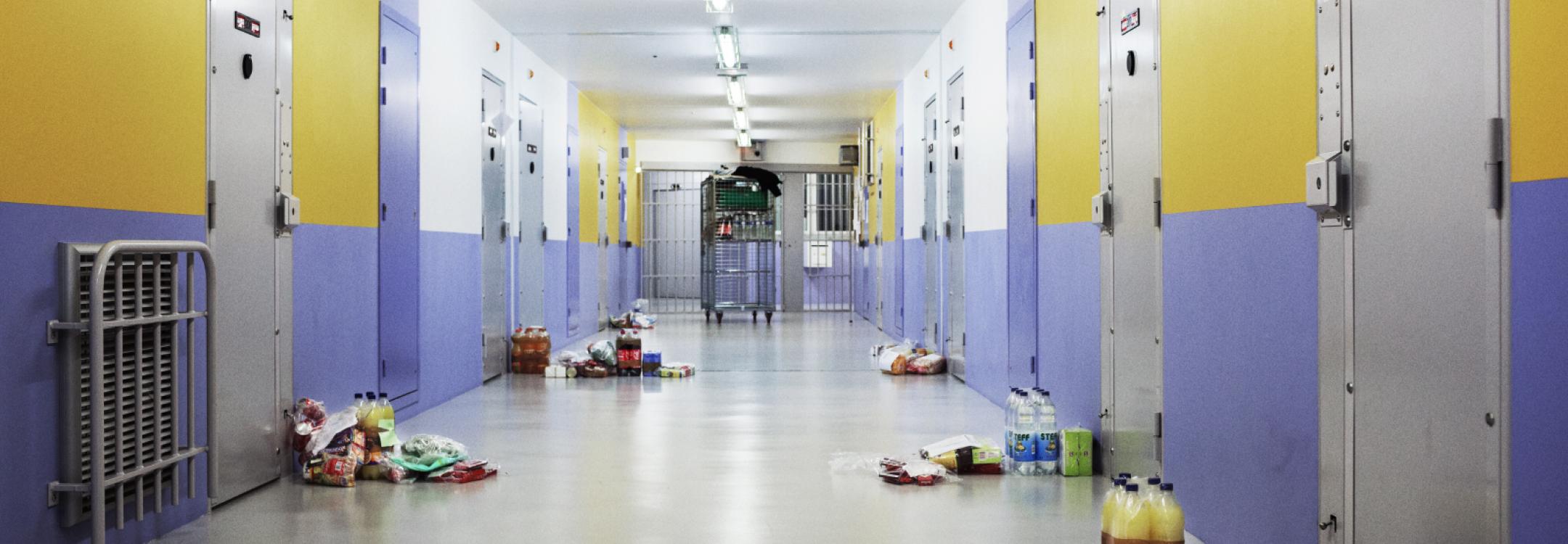
In recent weeks, we have all had to revise drastically our ways of working. For monitoring bodies around the world, quarantines, confinement, and social distance bring about multiple challenges.
These situations exacerbate the existing situations of vulnerability of those deprived of their liberty, including in prisons, migration detention centres, psychiatric institutions or aged care facilities. It forces monitoring bodies to think differently in order to continue fulfilling their mandate in alternative ways.
At the APT, we decided to convene a series of four webinars with National Preventive Mechanisms (NPMs) and other national and international oversight bodies from around the world, to better address these unprecedented circumstances. We facilitated exchanges on the challenges, practices and solutions in this context of public health emergency, and contributed to bringing this community of practice closer together, at a time when remote work has become the norm. These sessions held in English, Spanish and French brought together over 110 participants from 40 different countries, in all regions of the world.
Here are some of our main takeaways:
NPMs test alternative ways of conducting detention monitoring
Guided by the do no harm principle, NPMs have adopted various approaches in adapting their monitoring activities. While a few NPMs have decided to maintain in-person visits with increased protective measures for their members and those deprived of liberty, most have decided to suspend their visits. As such, they have had to identify alternative monitoring methods, such as increased phone and digital communication with authorities, persons deprived of liberty and their families; the use of social media and other open source data to triangulate information received; and in some cases, virtual monitoring and visits through video technologies. The present circumstances also remind us about the specific powers and prerogatives NPMs retain under the Optional Protocol to the UN Convention against Torture. NPMs’ visiting powers should not be threatened in this period, and they should be the ones deciding whether to undertake visits or not.
Non-custodial measures are implemented to decrease overcrowding
Overcrowding is not a new issue, but this public health situation has shone a new light on this dramatic reality. In an effort to address overcrowding and the immense additional contagion risk it brings about during a pandemic, NPMs and other oversight bodies have advocated for non-custodial measures to lessen both the number of new people entering detention, and the number of people already detained. Many governments around the world have taken such measures, ranging from lessening the number or arrests, commutation of sentences, conditional liberations, and pardons. More specific information on in-country measures can be found in our Information Hub on COVID-19 and persons deprived of liberty.
Preventive measures in detention
To prevent the spread of the virus in detention, authorities have put in place new policies such as the suspension of all family visits, cultural, professional, and social activities. These measures can exacerbate the already existing feeling of isolation and may have dramatic consequences in contexts where detainees depend on their families for subsistence. NPMs have monitored and advocated for the implementation of alternative measures to alleviate the effects of such restrictions, such as the extension of phone privileges, and the use of videoconference technologies. In some contexts, new detainees are separated from the general population for a period of 14 days to prevent contamination. NPMs are concerned that in some circumstances such measures may de facto constitute solitary confinement. This is particularly problematic when persons in situation of vulnerability such as children or persons with disabilities are placed in total isolation.
Legal and procedural safeguards under threat
Many NPMs and oversight bodies have shared that legal and procedural safeguards are being adversely affected by the restrictions put in place. In some contexts, access to lawyers in detention is restricted, even suspended. In addition, the suspension of all judicial hearings, in some jurisdictions, create serious issues in relation to the right of habeas corpus, excessive administrative and pre-trial detention. Legal and procedural safeguards, including access to a lawyer, a doctor, notification to the family, and access to independent complaint mechanisms are crucial to protecting the rights of those most vulnerable in such exceptional situations, and cannot be foregone.
Enforcement of confinement and quarantine leading to detention and excessive use of force
This situation has given rise to new places of deprivation of liberty, where people are quarantined or confined. Some NPMs have visited such facilities, or plan to do so. Further, the enforcement of quarantine, confinement and curfew has sometimes led to excessive use of force by law enforcement and the military, as well as to arrests and detention. Such use of detention is often resorted to without adequate legal or procedural safeguards.
Thanks to this first webinar series, we identified challenges and needs related to monitoring places of detention in COVID-19. We will respond to them in the coming weeks. With the precious support of OSCE ODIHR, we will develop a practical guidance note on monitoring in times of COVID-19, based on the wealth of practice shared by our partners in this first webinar series, existing guidance by international and regional expert bodies, and the information gathered via our Information Hub. We will also organise thematic webinars with experts in different fields to continue the rich discussions and exchanges.